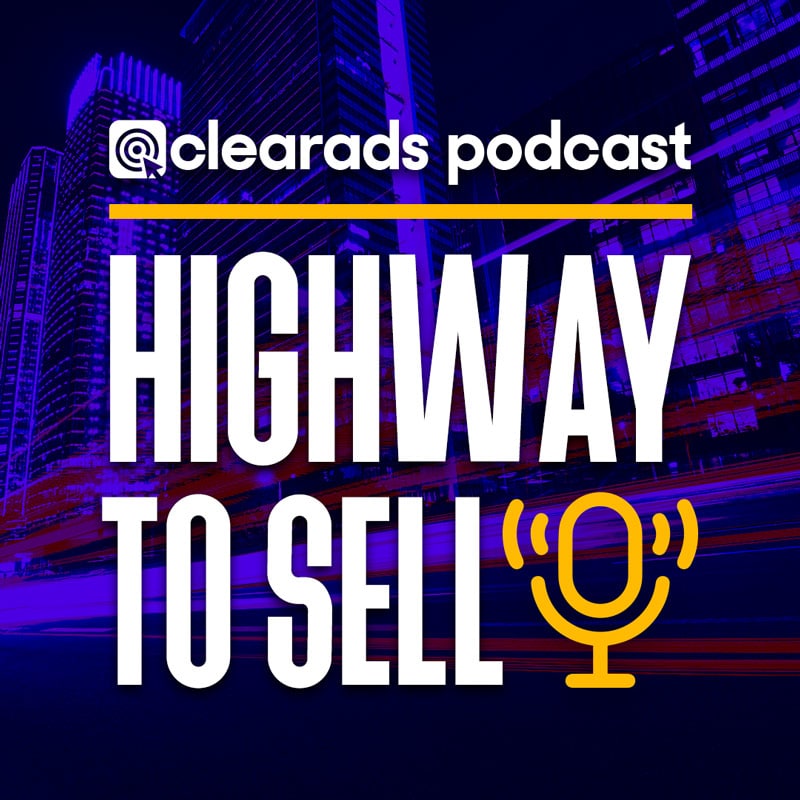Host:
Hello to everyone listening. I’m joined by my good friend Ben. He’s no stranger to Amazon—he built and successfully exited a brand a little while back and is still very active in the space. Ben, thanks for joining us.
Ben:
Great to be here, George. Thanks for having me.
Host:
Let’s start at the beginning. Where did your Amazon journey start?
Ben:
I kind of stumbled into it. I’m in northeast Scotland near Aberdeen—traditionally an oil city. My background is environmental conservation, so I worked with oil companies and the regulator to make operations greener. I enjoyed it, but I felt like a tiny cog in a big machine.
I’d had an idea for a strength and conditioning equipment brand for years, but didn’t act on it until I became seriously ill with a heart condition and had to stop work. During recovery, I decided to give it a go. Initially I thought I’d develop products and sell to gyms—I knew nothing about e-commerce or that anyone could sell on Amazon.
When I discovered FBA and realized Amazon would handle pick, pack, and ship, it clicked. That’s how I fell into e-commerce.
Host:
What did that first brand journey look like?
Ben:
It began as a hobby—really just to earn some pocket money before going back to my job. But I quickly saw the potential and realized I was good at it because I approached it as building a brand, not just “selling stuff on Amazon.”
That gave me an edge. I out-competed others in my niche in the UK and then across Europe. After three years we were doing about £4M (~$6M) a year, and I exited on 31 October 2019.
Host:
Post-exit, what came next?
Ben:
For five minutes I considered going back to my old job—but I’d switched on my entrepreneurial genes and couldn’t go back. Since then I’ve:
-
Built new brands (solo and with partners).
-
Consulted for founders and larger investor-backed portfolios.
-
Helped owners plan and execute exits via Ecom Brokers.
-
Co-founded Peregrine Commerce, a growth marketing agency focused on helping Amazon-native brands act like real brands outside Amazon—website, content, email, social, YouTube, podcasts, and more.
Host:
You’ve said your edge was building a brand, not just Amazon listings. For sellers who’ve maxed out their Amazon keywords, what’s the next level?
Ben:
First—it doesn’t have to be complicated. Start as you mean to go on: act like a real brand from day one. If you’re already established on Amazon, it’s still doable—just start.
Real brands show up wherever their audience is:
-
A proper website.
-
Useful content on social and YouTube.
-
Email list building and valuable emails.
-
Being the authority people think of when they have a problem in your niche.
This generates top-of-funnel awareness, trust, and repeat purchase—on Amazon or off.
Host:
Concrete example?
Ben:
Let’s niche down from gardening to bonsai.
-
Know your customer avatar. If you’re not a bonsai person, become one or bring someone in. Understand who they are and who they want to be.
-
Create helpful content that maps to their journey—from beginner to competent enthusiast.
-
Publish where they are. Maybe YouTube (how-to), Instagram/TikTok (shorts), a podcast, and email.
-
Leverage existing Amazon customers. Use packaging inserts to send them to a video or guide (“How to protect your bonsai in winter”). That external traffic boosts your social/YouTube algorithms, which then brings new people into your ecosystem… who then buy on Amazon or your site.
I did this with my first brand: Amazon traffic boosted my YouTube tutorials; those ranked and pulled in new leads who then bought on Amazon. It’s a flywheel: Amazon ↔ content.
Host:
How do you choose platforms without burning out?
Ben:
Start with one or two:
-
YouTube for long-form guides.
-
Instagram/TikTok for short-form.
-
Always be collecting emails with useful lead magnets and sending genuinely helpful newsletters.
Over time, build a network so your brand is everywhere your audience spends time.
Host:
Margins are getting squeezed and AI tools are exploding. How should brands survive—and thrive?
Ben:
Mindset first: this is not a get-rich-quick game. Play the long game and build a valuable asset.
Tactically:
-
Partnerships: work with manufacturers, freight forwarders, and vendors on price and payment terms. Ask. Negotiate.
-
Cashflow hygiene: prune unprofitable SKUs, cancel zombie subscriptions, and be deliberate with payables.
-
Omnichannel: stop relying on one platform.
-
Content engine: build the brand flywheel we discussed.
Host:
Biggest opportunities you see right now?
Ben:
-
Europe for U.S. sellers (especially if manufacturing in China—tariffs differ).
-
Omnichannel (own site, marketplaces like Cdiscount, Bol, Allegro).
-
TikTok Shop—massive and not going away in the UK/EU.
-
New Amazon markets (e.g., South Africa, Japan).
Host:
And AI?
Ben:
You don’t need to be a technical wizard—be a competent AI user. As the CEO (yes, even if you’re a solo founder), use AI as a thought partner:
-
Pressure-test strategy and positioning.
-
Play devil’s advocate on assumptions.
-
Draft smarter, faster (contracts, briefs, content outlines).
Example: this morning I used AI to shape the positioning for a brokerage listing—highlighting tariff advantages due to metal components. Yesterday, for contract drafting. It’s not cheating—it’s like using PowerPoint instead of a flip chart.
Host:
If someone wants help growing beyond the Amazon “goldfish bowl,” where can they find you?
Ben:
-
Peregrine Commerce: peregrinecommerce.com — you can grab a free copy of my book there.
-
Email: ben@benleonard.pro
-
LinkedIn: Ben Leonard
If I can’t help, I’ll point you to someone who can.
Host:
Brilliant. Ben, thanks so much for your time—and thanks to everyone for tuning in.
